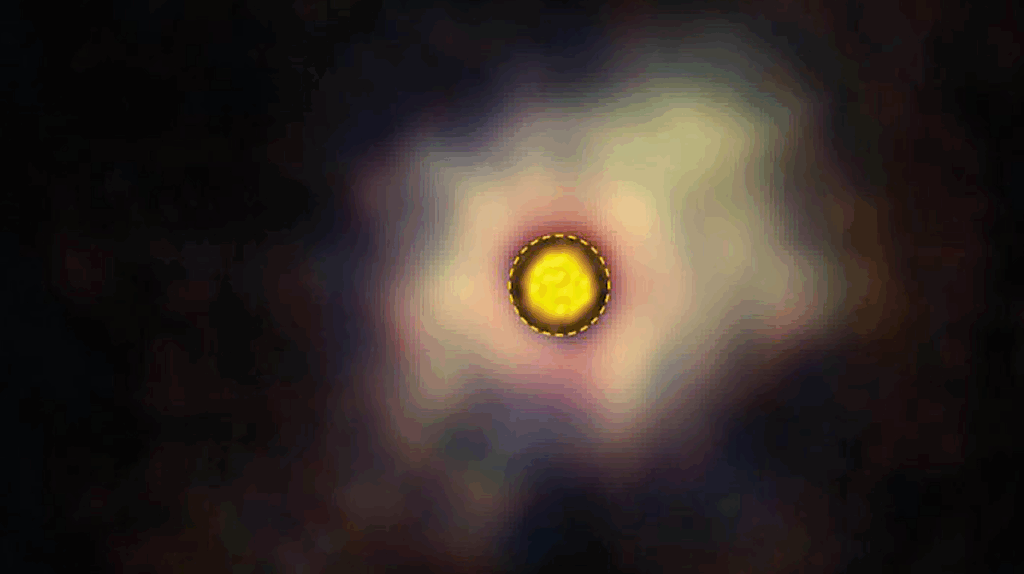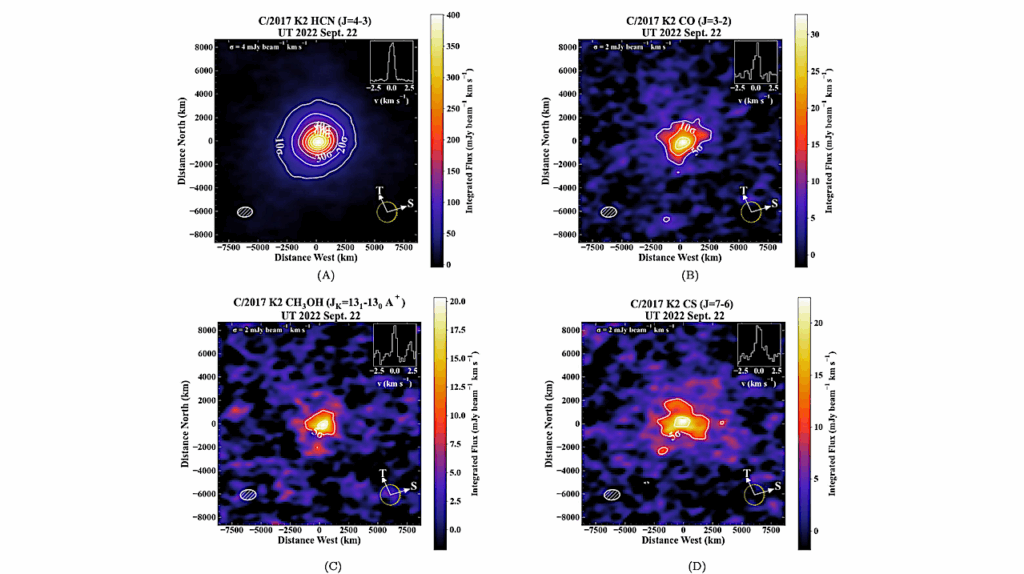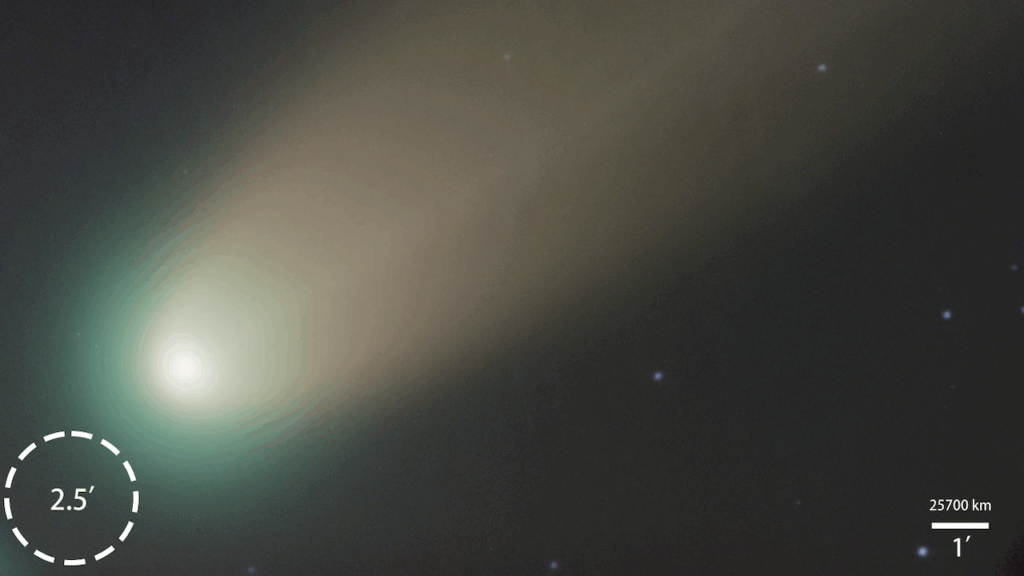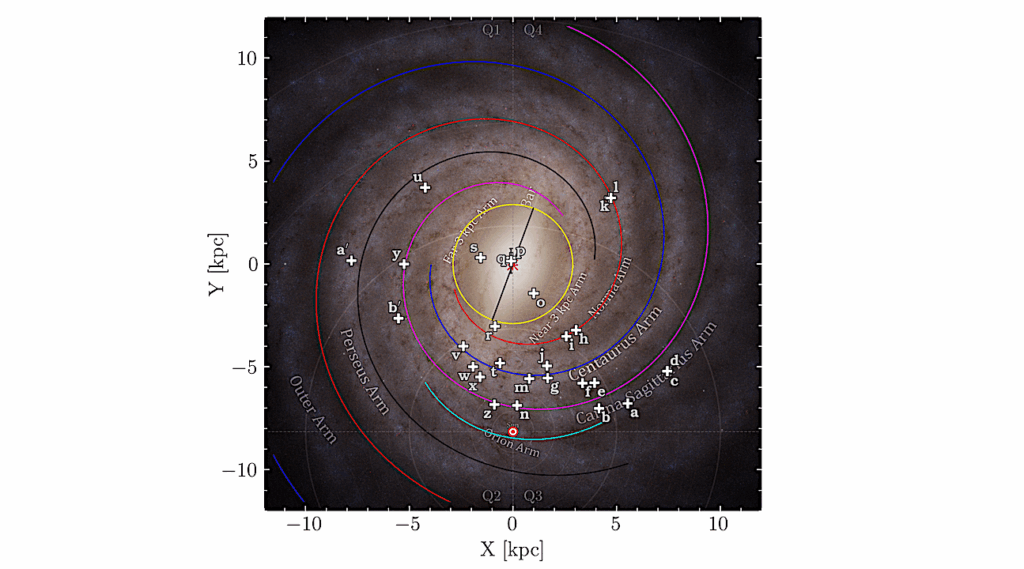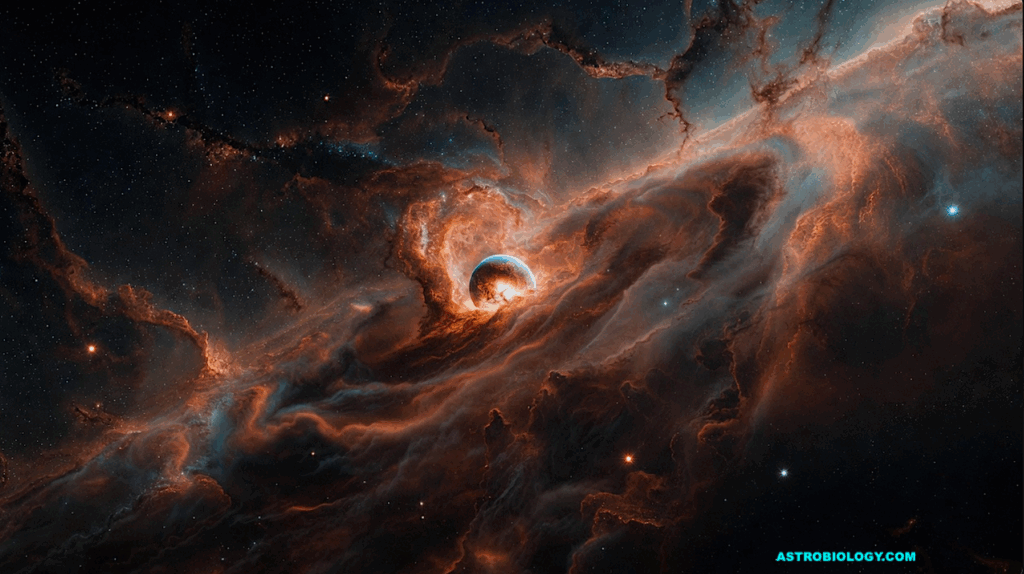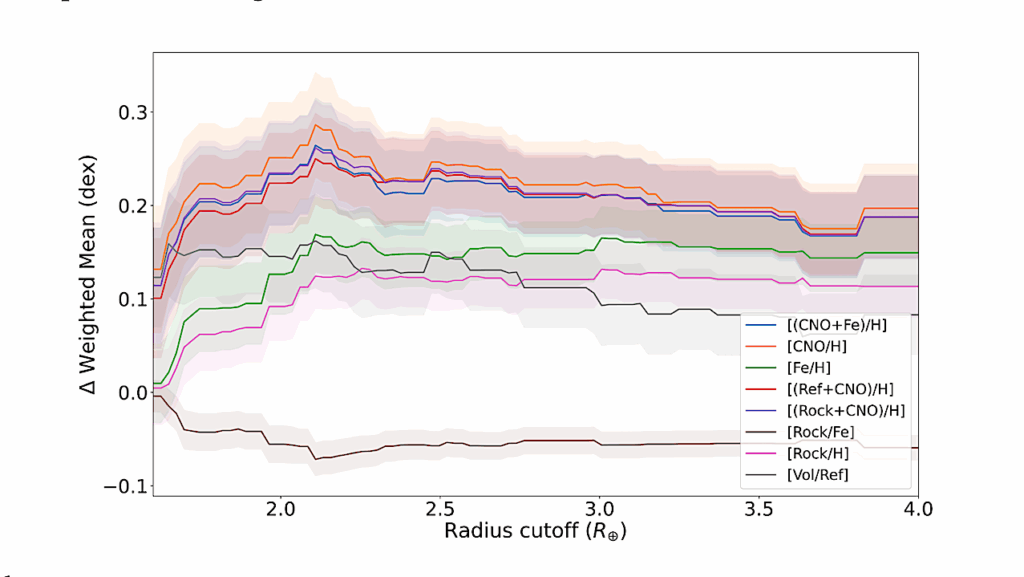Investigating Organic Carbon and Thermal History of CM Carbonaceous Chondrites Using Spectroscopy and Laboratory Techniques
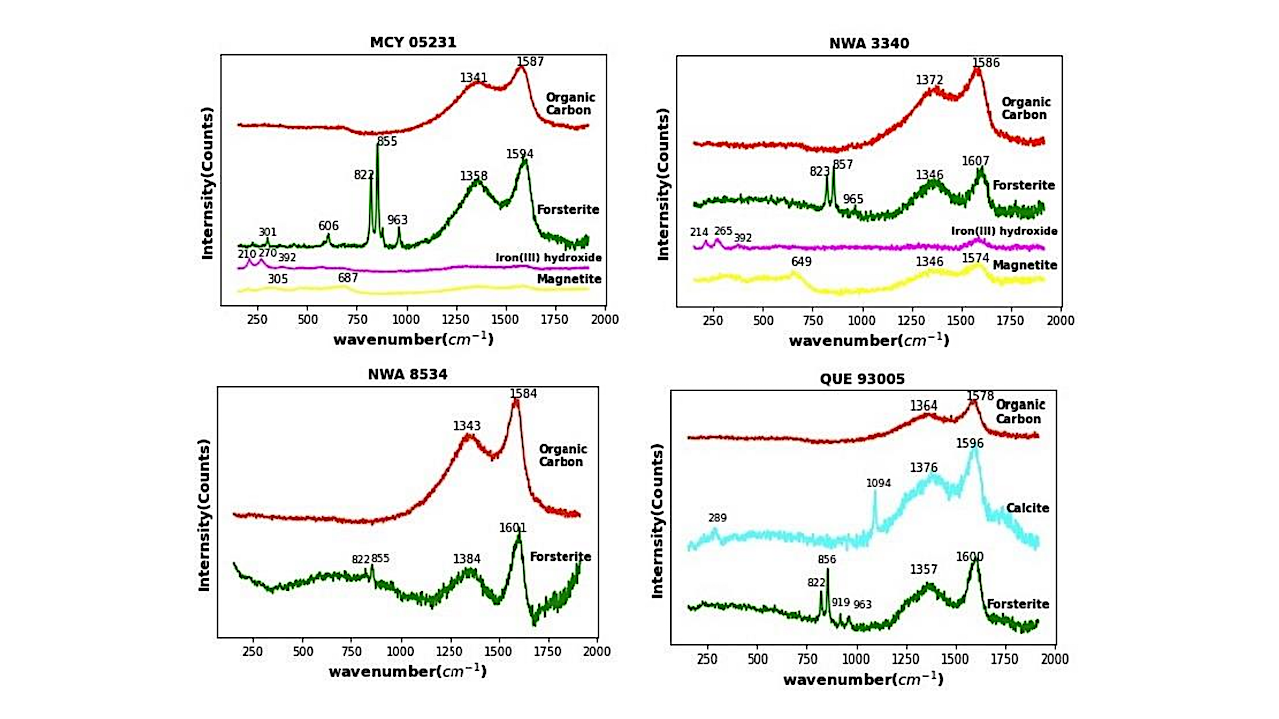
The CM chondrites are characterized as primary accretionary rocks which originate from primitive water-rich asteroids formed during the early Solar System.
Here, we study the mineralogy and organic characteristics of right CM and one ungrouped chondrite to better understand their alteration history; Queen Alexandra Range 93005 (QUE 93005), Murchison, LaPaz Icefield 02333 (LAP 02333), Miller Range (MIL 13005), Mackay Glacier 05231 (MCY 05231), Northwest Africa 8534 (NWA 8534), Northwest Africa 3340 (NWA 3340), Yamato 86695 (Y-86695), and the ungrouped carbonaceous chondrite Belgica 7904 (B-7904).
Raman spectroscopy has been employed to detect the presence of organic carbon in the samples, specifically through the G band at approximately 1580 cm-1 and D band at around 1350 cm-1. The properties of organic matter in meteorites serve as valuable indicators for characterizing the structure and crystallinity of carbonaceous materials and estimating their thermal metamorphism degree. The R1 parameter, defined as the peak height ratio of the D and G bands, provides a quantifiable measure of this structural organization.
Raman spectra are used to show the general mineralogy, thermal history and heating stage of CM and ungrouped chondrites. X-ray diffraction patterns further indicate the mineralogical compositions of the samples. Visible to near-infrared (VNIR) and attenuated total reflection (ATR) reflectance spectra illustrate the trends related to their mineralogy and furthermore infer aqueous alteration, thermal history of CM carbonaceous chondrites, formation and evolution of their parent bodies.
Safoura Tanbakouei, Rui-Lin Cheng, Binlong Ye, Josep Ryan Michalski, Ashley J. King
Subjects: Earth and Planetary Astrophysics (astro-ph.EP); Instrumentation and Methods for Astrophysics (astro-ph.IM); Geophysics (physics.geo-ph)
Cite as: arXiv:2401.14201 [astro-ph.EP] (or arXiv:2401.14201v1 [astro-ph.EP] for this version)
Submission history
From: Safoura Tanbakouei Dr.
[v1] Thu, 25 Jan 2024 14:25:29 UTC (1,670 KB)
https://arxiv.org/abs/2401.14201
Astrobiology, Astrochemistry,


